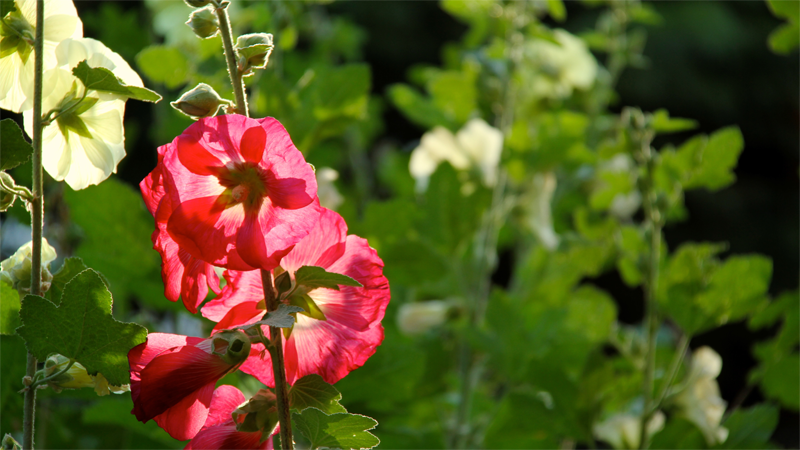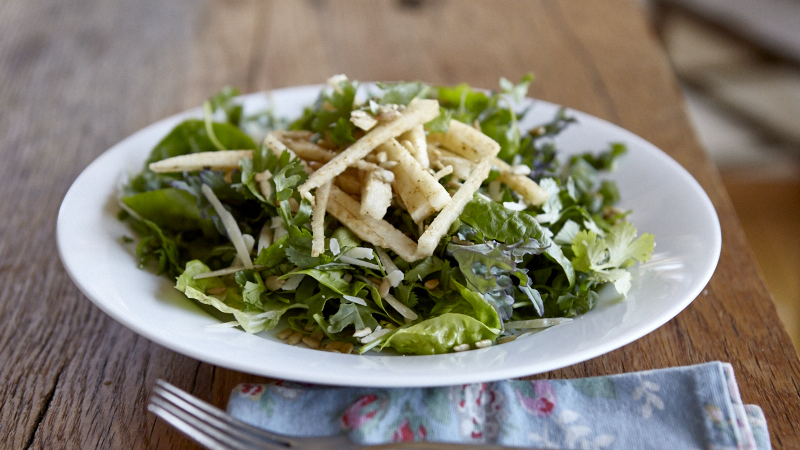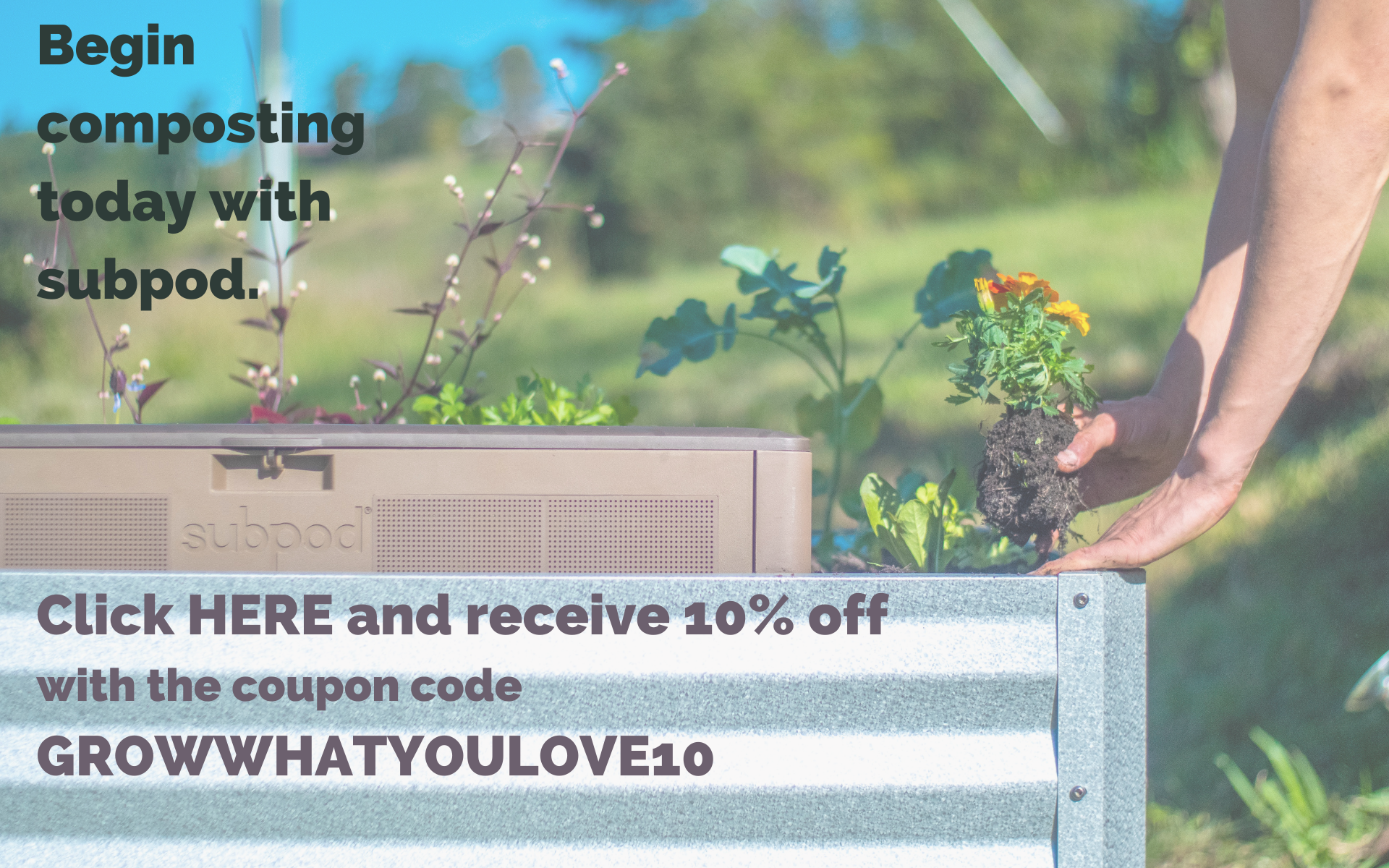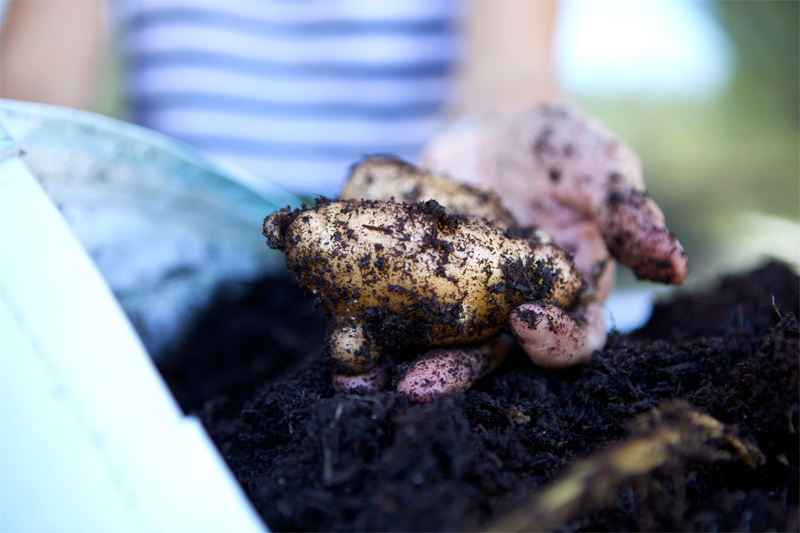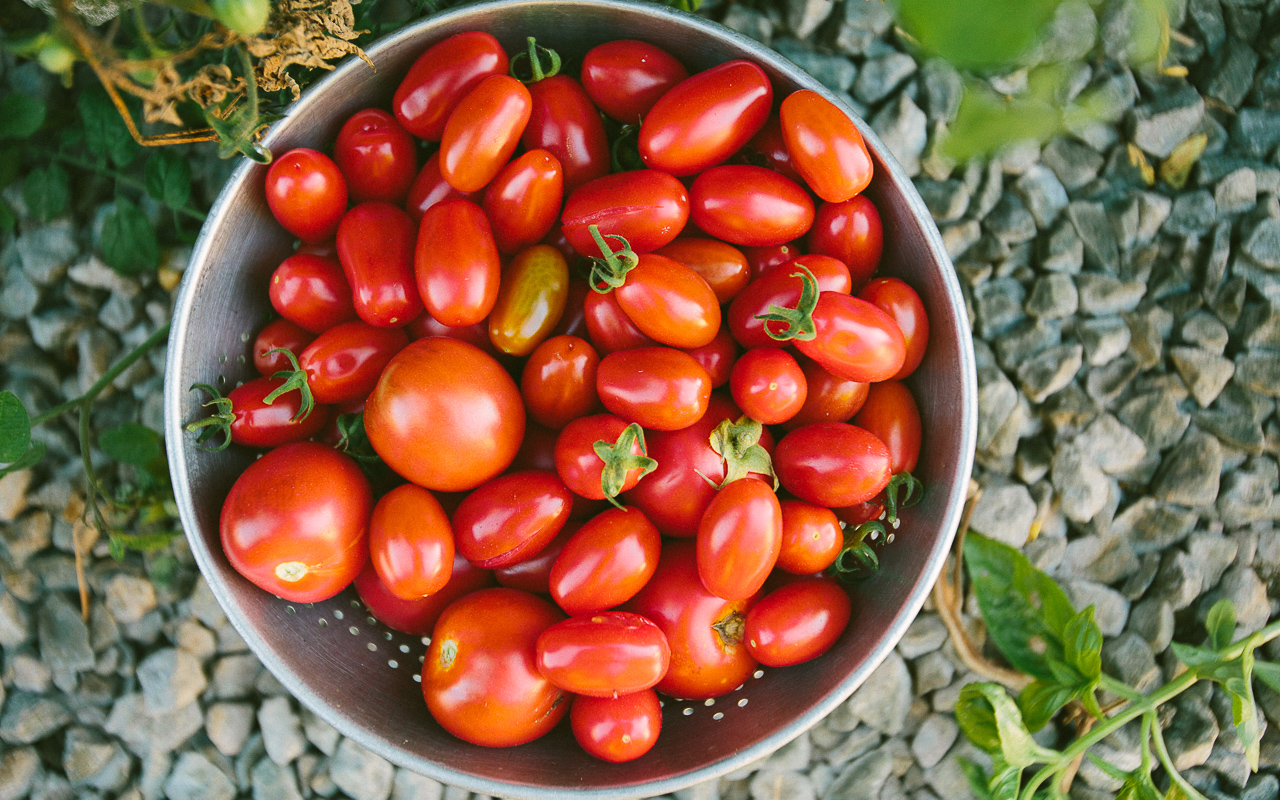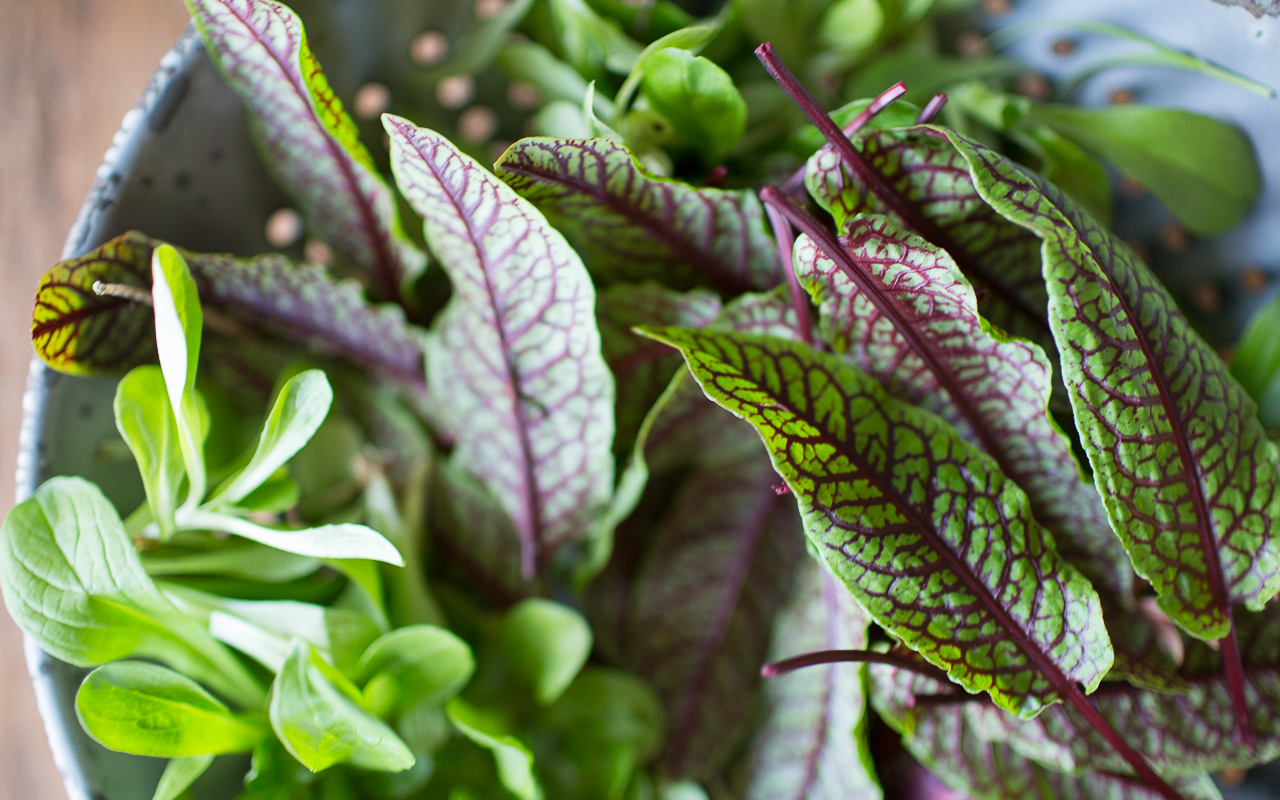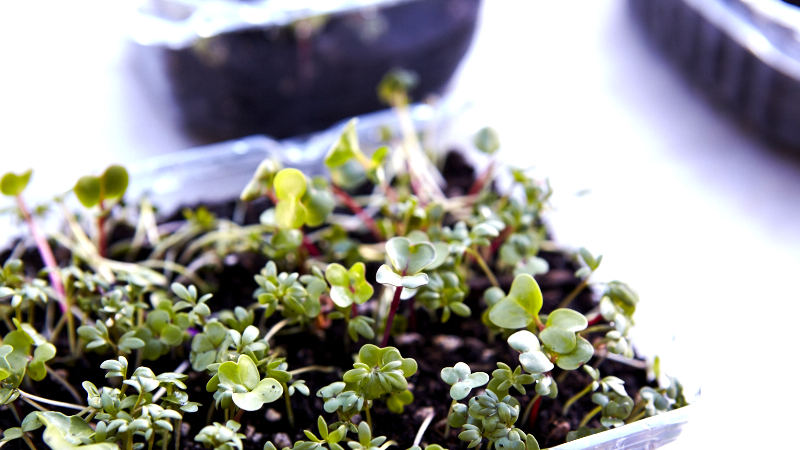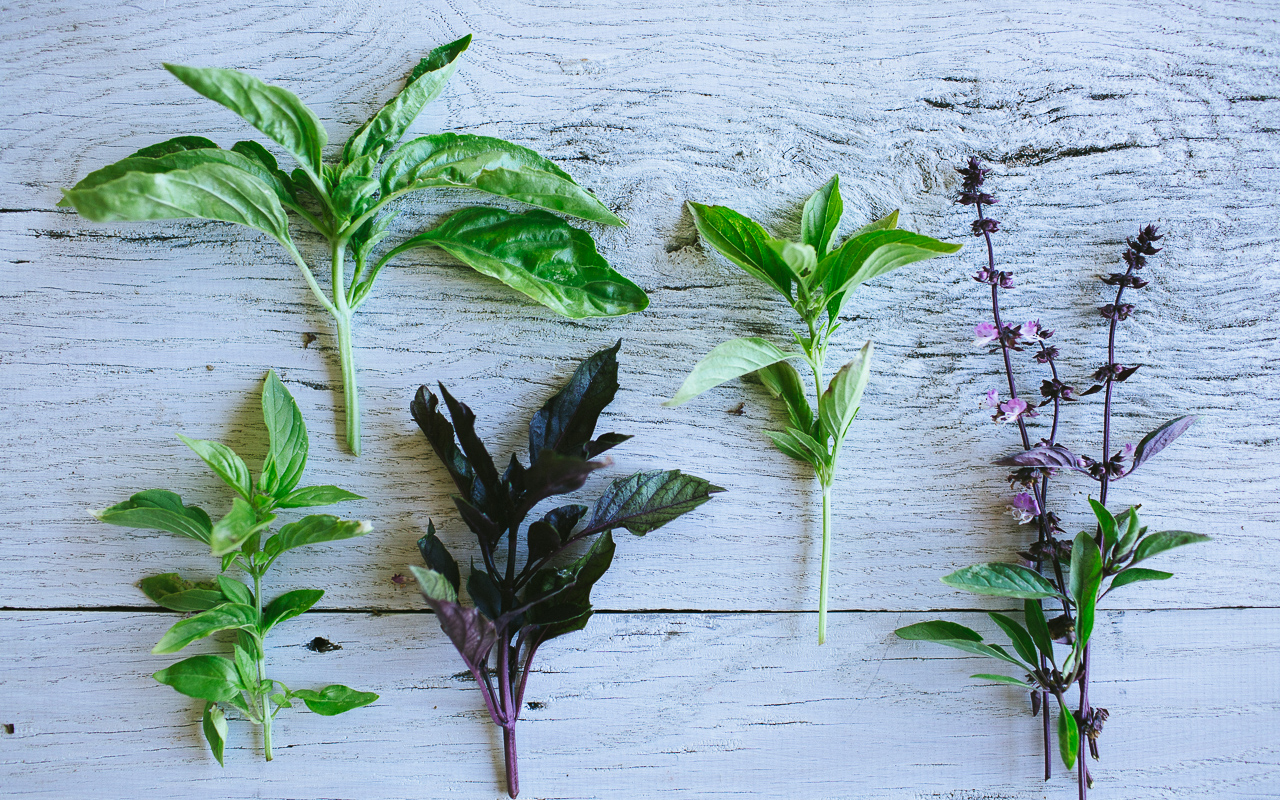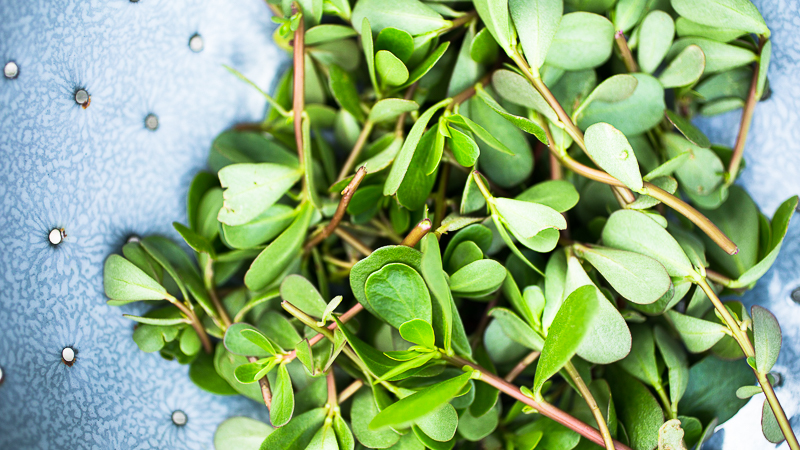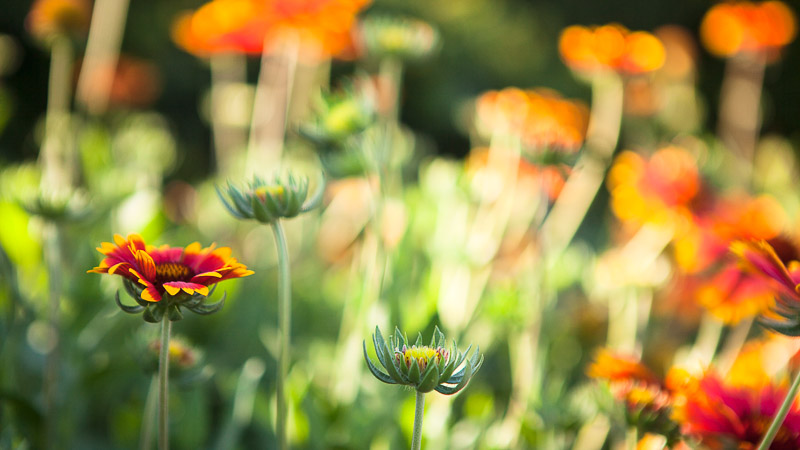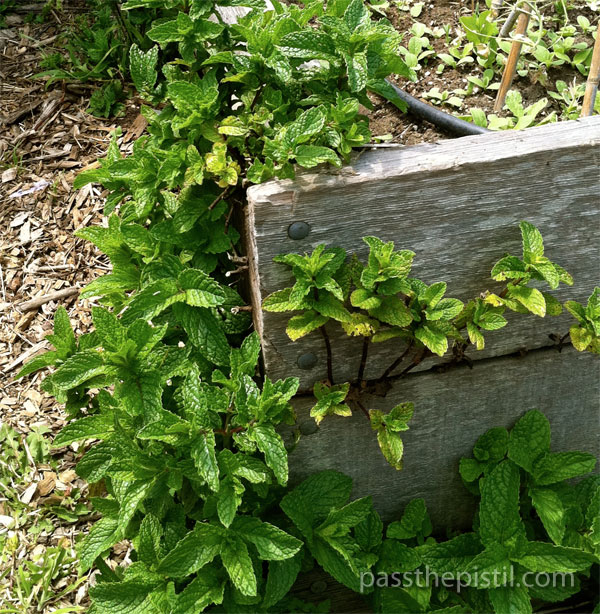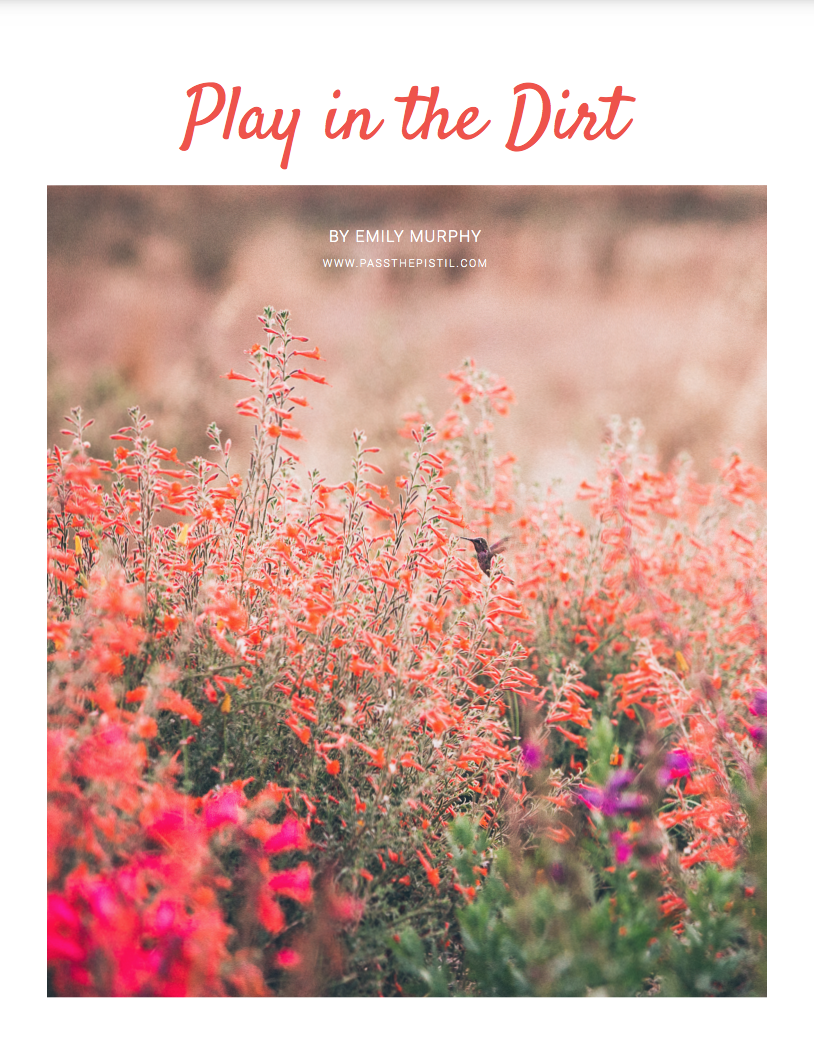12 Edible Plants That Give More Than They Need
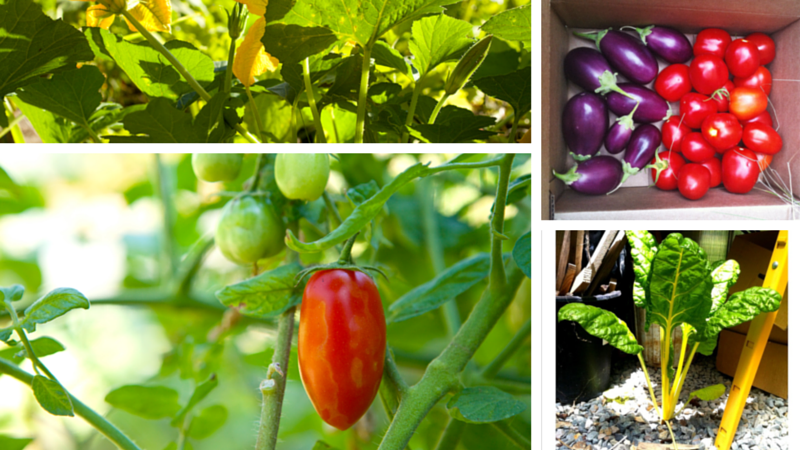

Plants that sip and don’t suck? Water is a hot topic. States are competing over water rights, drought in the west continues and growing food locally is more important than ever. Right out my door sounds nice. Steps from home, please. But what plants can you grow thoughtfully?
Thankfully, there’s a long list of fab kitchen garden edibles to choose from and tomatoes are one of them. The nightshade family in general is a go-to group. Peppers, tomatillos and eggplants make the cut.
Here are 12 edibles on the sipping list, perfect for most regions and small space gardens:
Tomatoes
Tomatoes send out roots that run deep, collecting water from the far reaches of their containers or planting beds long after the soil surface has run dry. Give them moderate water until established and then only give them what they need, not what they’ll take. In fact, reducing water rations when fruiting makes for a delicacy. Called dry farming, the fruit generates a flavor unlike any other, especially with plenty of heat. Plus dry farmed tomatoes tend to have fewer diseases, such as fungal infections. Look for heirloom and hybrid varieties that perform well in dry conditions.
Squash
Squash is another group of plants with deep running roots and, as you may know, leaves designed to take the heat. Those prickly hairs help keep water in, reducing water loss through transpiration. Summer squash, zucchini such as ‘Dark Star’, winter squash and pumpkins are all sippers once established. Their leaves and rambling nature protect the soil, trapping water where we need it and minimizing weeds. They’re a wonderful companion to any garden, including a container garden, or a planting such as the Three Sisters.
Melons
It may seem counter intuitive because melons are the definition of watery but they’re also efficient and designed for heat. A cousin of squash, melons perform in much the same way. Choose varieties with smaller fruits and shorter growing seasons such as Sugar Baby Watermelons, Desert Kings and Sweet Passions (this could be your chance to try something new). Give them plenty of water until established and then, like tomatoes, only give them what they need.
Beans
There are drought tolerant varieties such as Tepary Beans and then there are beans such as snap peas and pole beans with short growing seasons and fruit with less water. Choose a variety right for your climate.
Raspberries
If you’re going to grow one fruit or *berry it’s hard to beat raspberries. They prolific producers and take little care. In fact, raspberries will grow even where you don’t want them to grow, so be careful when selecting a location or plant in containers. Choose from summer or fall bearing varieties. (*Technically a raspberry is an aggregate, not a berry. Tomatoes and blueberries are examples of true berries.)
Eggplant
A cousin of the tomato, eggplants can be treated in much the same way. I generally plant them together (tomatoes and eggplants) and choose the baby or fingerling varieties.
Chard
Most plants we think of as “greens”, such as kale and lettuces, are thirsty, becoming tough without consistent watering and bolting with water or temperature fluctuations. Lettuces have shallow roots systems — requiring moist, soil-surface conditions. In general, when planting a water wise garden, it’s smart to simply plant with the seasons. Grow cool season crops when it’s cool and warm season crops when it’s warm. Chard is one exception. It’s a leafy beet that is drought tolerant. Just look at the chard growing in the lead image, a volunteer in the greenhouse with no direct water, off in the corner doing its own thing.
Sweet Potatoes
Look for a short season variety like Georgia Jet. Sow when soil is warm (60 degrees or warmer and night time temps the same), add aged compost to the planting area and let them go. Start with moist soil. Like the rest, once the slips have a start they need only occasional watering, deeply once a week for an improved harvest.
Jerusalem Artichoke
Not an artichoke and not from Jerusalem, Helianthus tuberosus, a type of sunflower, grows nutrient rich, potato like tubers that are nutty and sweet and tall stalks of flowers. It’s known by other names such as sunchoke, sunroot and earth apple. They’re carefree and easy. Provide supplemental water if you have a dry fall to increase tuber size.
Strawberries
I love Alpine Strawberries, actually any strawberry. Fortunately there’s a variety suited to almost any climate. Consider varieties grown for your region. Native varieties, or versions of them, or Ogallala Everbearing Strawberries. Rotate with broccoli in winter for healthy soil.
Peppers
Heat loving, these plants know how to manage water. As with many of the water wise edibles, look for varieties with short growing seasons and smaller or mini fruits. They require less time and resources, coming to fruit sooner.
Tomatillos
Tomatillos saved my fall harvest last season, out performing the tomatoes while growing in less than optimal conditions. They’re a wonderful excuse to work with a lively pallet of flavors, such as lime, cumin and cilantro and pair well with squash flowers in quesadillas or similar dishes.
Grow more with less water simply by choosing the right plants — sippers instead of suckers — a perfect opportunity to try something new.

Listen
Buy The Book
Special offers
Newsletter Signup
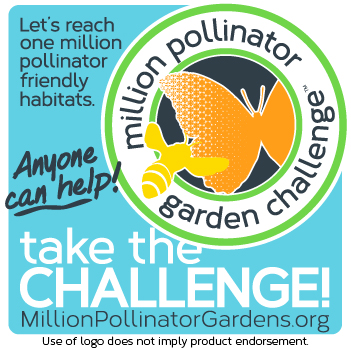
Archives
Disclosure
Pass The Pistil is a participant in the Amazon Services LLC Associates Program and other affiliate programs such as Etsy, affiliate advertising programs designed to provide a means for sites to earn fees by advertising and linking to curated affiliate sites.

